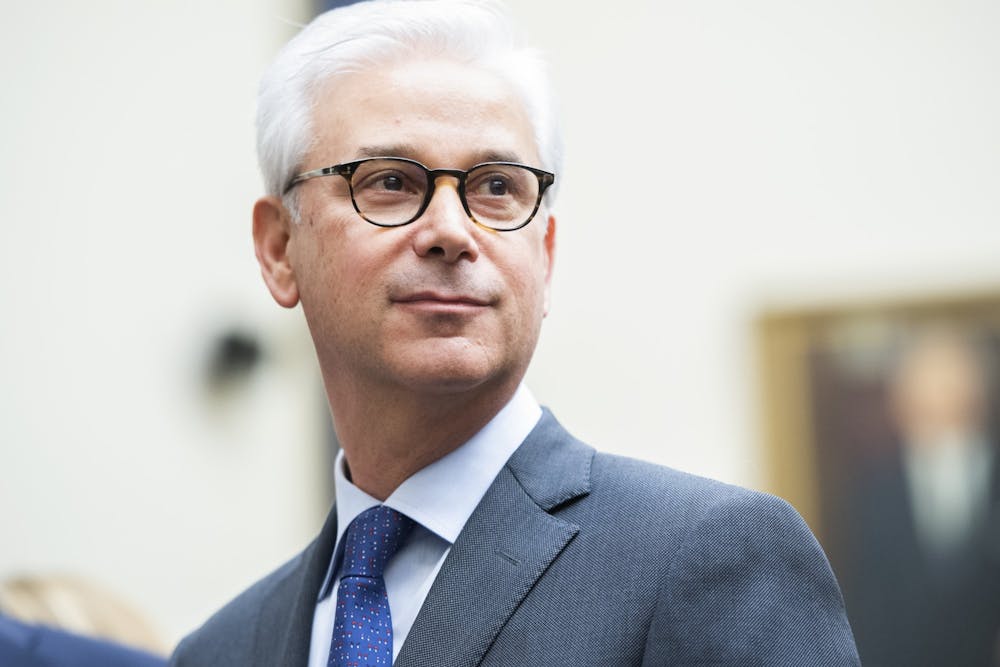Wells Fargo’s CEO Charles Scharf recently came under fire for his comments suggesting there are not many qualified Black executives within the financial sector. He released an apology for his comments and pledged to invest in anti-racist policies within the business, as well as develop appropriate recruiting strategies to increase the diversity of their applicant pool.
These comments highlight deeper issues regarding the lack of representation within corporate America. They can also uncover the deep-rooted racism within big banking against its customers and employees. In this case specifically, it emphasizes the lack of representation in corporate America and the dark history of how the financial sector has exacerbated the racial wealth gap between Black and white people.
Within corporate America, only 8% of employees are Black. This decreases sharply for senior management and executive positions as only 3.2% are Black. Black people make up less than 1% of Fortune 500 company CEOs. Since 1999, there have only been 18 Black CEOs of Fortune 500 companies.
According to a 2019 study conducted by the National Opinion Research Center at the University of Chicago, 58% of Black professionals say they have experienced racism in the workplace. The highest rates are in the Midwest at a staggering rate of 79%. As a result of disappointing diversity and inclusion policies paired with racism in the workplace, 38% of Black professionals consider leaving their jobs to start their own businesses.
Half of white Americans agreed there is too much attention devoted to racial issues. However, this reinforces the ignorance shown in comments such as Scharf’s surrounding the barriers Black professionals disproportionately face in the workplace. This discrimination is also seen against customers in big banking.
Wells Fargo in particular has a history of preying on Black and Brown people through predatory loan practices. During the Great Recession in 2008, employees of Wells Fargo intentionally sold high-cost and high-risk loans to people based on race, which led to more foreclosures, decreases in home values and limited property tax revenue. In contrast to this, white borrowers would receive favorable loans.
Black mortgage owners are also statistically charged higher interest rates than white ones and are denied mortgages that white borrowers would be approved for. Customers with ethnic sounding names were also targeted with higher rates, as well as those who had a language barrier.
In 1970, the average American homeownership rate was about 60%, contrasting with Black homeownership averaging around 40%. In the 90s, Black homeownership was finally increasing as a result of a government push. However, the loans Black and Brown people were receiving were subprime loans which start off cheap, but end up being much more expensive.
Wells Fargo used this strategy and targeted Black churches through “wealth building seminars.” They took advantage of low credit borrowers and even Black people with high credit would end up with predatory subprime loans.
These predatory loan practices are what fueled the Great Recession.
As a result of these practices by Wells Fargo and several other big banks, Black people lost 53% of their wealth. This exacerbated the wealth gap between white and Black families, as the average net worth of a white family is ten times more than the net worth of a Black family.
These discriminatory practices are not unique to Wells Fargo. Other large banks such as JPMorgan Chase have also faced several lawsuits for discriminatory practices against their customers as well as their employees.
This should not be considered the norm for corporate companies. We must hold companies accountable for their discriminatory views.






